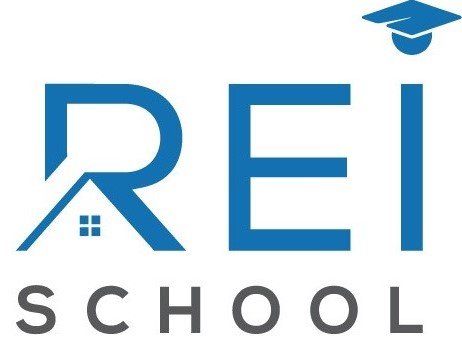October 13, 2025 | 3 Minute Read
Many of you know that we help investors secure bridge and DSCR refinance loans—and we don’t just assist others, we actively finance our own projects the same way.

Last week, my business partner and I began evaluating the refinance options for four of our properties:
- Short-Term Rental: $142,500 loan balance
- Stabilized Long-Term Rental: $97,500 loan balance
- BRRRR Property (Under Construction): Estimated $128,500 loan upon completion
- BRRRR Property (Completed, Marketing for Tenant): $120,000 loan balance
.
We’re currently deciding whether to refinance through a local community bank or an institutional DSCR lender.
Local Banks:
They’re offering a 5/1 ARM at 8% interest, with a 25-year amortization and no prepayment penalty. This provides excellent flexibility if we choose to sell or refinance again once rates drop at any time.
Institutional Lenders:
These are the same lenders we use for client DSCR loans. They’re offering 30-year fixed rates between 6.56% and 6.75%, with a 30-year amortization but a five-year prepayment penalty.
Let’s break down and compare both loan options to determine which strategy aligns best with our short- and long-term investment goals. Both scenarios are at the allowable max leverage of 75% LTV.
I love to geek out to these numbers.
Loan Comparison: 30-Year Fixed vs. 5/1 ARM
| Loan Terms | 30-Year Fixed 6.56% Rate 30-YR AM | 5/1 ARM 8% Rate 25-YR AM |
|---|---|---|
| After Repair Value (ARV) | $160,000 | $160,000 |
| Loan Amount | $120,000 | $120,000 |
| Monthly Payment (PITI) | $373.44 | $210.49 |
| 1 Point | $1,200 | $1,200 |
| Lender Fees | $1,500 | — |
| Attorney Closing Costs | $1,500 | $1,500 |
| Prepayment Penalty (if sold in Year 3) | $3,600 | $0 |
| Total Closing Costs | $7,800 | $2,700 |
| Net Cash Proceeds | $112,200 | $117,300 |
Comparative Analysis
| Metric | Result |
|---|---|
| Monthly Payment Difference | $162.95 more with 30-Year Fixed |
| Total Cost Difference | $5,100 higher with 30-Year Fixed |
| Break-Even Period | 31.2 months (≈ 2.7 years) |
| 3-Year Outcome | Break-even after 31 months if sold with 3% penalty |
Pros & Cons
5/1 ARM
Pros:
Provides an additional $5,100 in net cash-out.
Offers flexibility to refinance at any time in the future without a prepayment penalty, especially if property equity increases.
Cons:
New closing costs will apply at the time of refinance in five years.
Future closing costs may be higher due to inflation.
Interest rates at refinance could be higher or lower than the current 8%, introducing uncertainty.
Market downturns could reduce property equity, potentially requiring out-of-pocket funds to cover the difference.
30-Year Fixed
Pros:
6.56% rate locked for 30 years, providing long-term stability.
Predictable higher monthly cash flow.
No exposure to market fluctuations or potential loss of equity since values are locked in to the loan.
No additional closing costs after five years.
Cons:
Provides less net cash-out upfront compared to the 5/1 ARM.
Summary
If we plan to hold the property, the 30-year fixed option breaks even at 31 months factoring in the 3% prepayment penalty. Beyond that point, it becomes the more cost-effective and stable financing choice compared to the 5/1 ARM.
Which one do you think we chose?
We chose the fixed rate loan.
However, had the rate spread between the two loan terms been closer by perhaps a half a point, it might have made sense to select the ARM.
Selecting the right loan depends on aligning your tactical decisions with your long-term investment strategy. By carefully evaluating the numbers, costs, and expected hold period, you can choose the option that best enhances cash flow and portfolio growth while factoring your risk tolerance.
If you need help with any type of loan, reach out to me at guru@rei.school. I would be happy to help.
